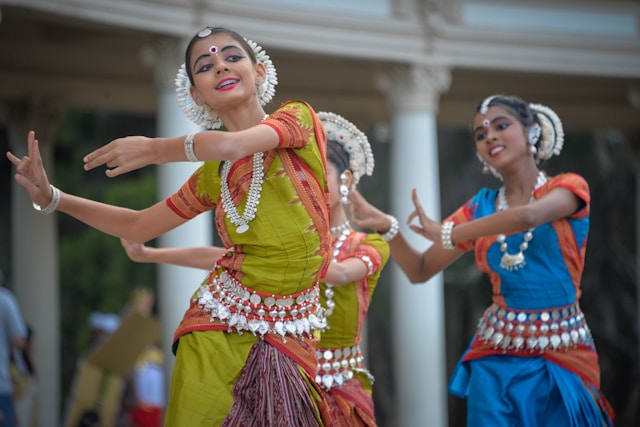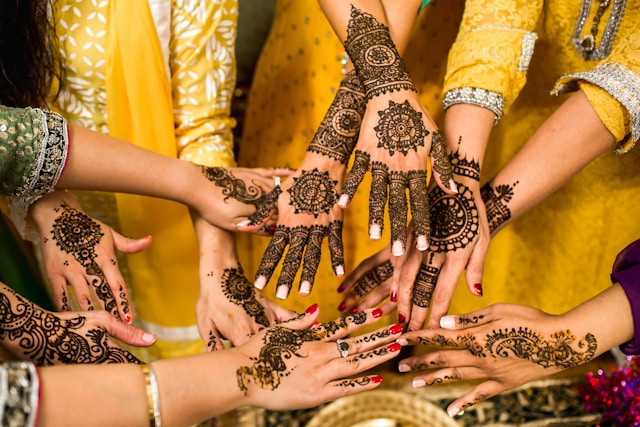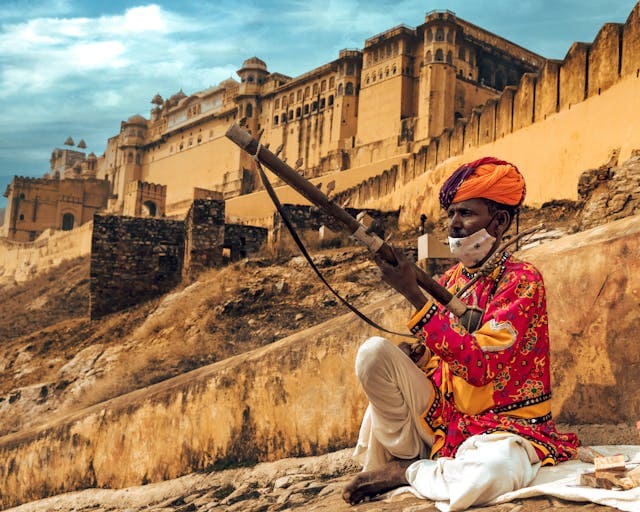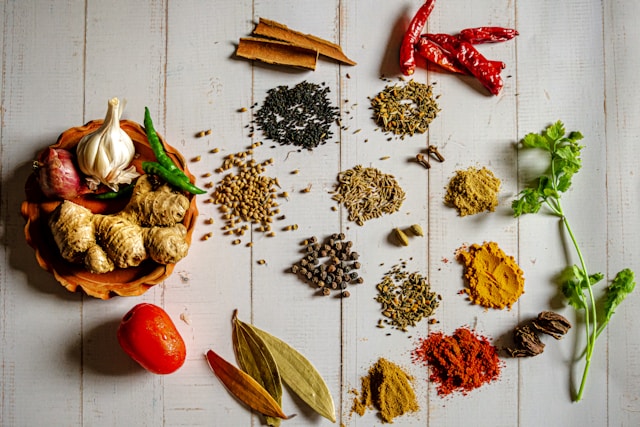Music and Dance in India – A Cultural Journey
India’s rich cultural tapestry is woven with the vibrant threads of music and dance, expressions that have captivated audiences for centuries. From the intricate movements of classical dances to the rhythmic beats of folk traditions, India’s artistic heritage is a feast for the senses. This travel guide invites you to embark on a journey through the rhythmic worlds of Indian music and dance, exploring the diverse forms, styles, and traditions that have shaped the country’s cultural identity.
Classical Dance Forms
India is home to several ancient and revered classical dance forms, each with its unique origins, movements, and storytelling techniques. The graceful Bharatanatyam, with its roots in Tamil Nadu, is known for its intricate footwork and expressive hand gestures. The sensual Odissi, originating from Odisha, showcases the dancer’s graceful movements and sculptural poses. Other classical forms include the vigorous Kathak from North India, the martial Kuchipudi from Andhra Pradesh, and the exotic Mohiniyattam from Kerala.
Travel Tip: Attend classical dance performances, workshops, or festivals to witness the mesmerizing artistry of these ancient dance forms and gain insights into their cultural significance.
Folk Dances and Traditions
Beyond the classical realms, India’s folk dances and traditions capture the vibrant spirit of the diverse regions and communities. From the energetic Bhangra of Punjab to the vibrant Garba of Gujarat, these folk dances celebrate the joys of life, harvest, and cultural identity. Other notable folk dances include the colorful Bihu of Assam, the martial Chhau of West Bengal, and the lively Ghoomar of Rajasthan.
Travel Tip: Participate in local festivals or village celebrations to experience the infectious energy and authenticity of India’s folk dance traditions.
Classical Music Styles
Indian classical music is a revered art form with ancient roots and a rich tapestry of styles and traditions. The Hindustani classical music, rooted in North India, features intricate ragas and improvised melodies, accompanied by instruments like the sitar, sarod, and tabla. The Carnatic music of South India is known for its complex rhythmic patterns and melodic structures, often performed with instruments like the veena and mridangam.
Travel Tip: Attend classical music concerts, and baithaks (intimate gatherings), or visit renowned music schools to immerse yourself in the timeless beauty of Indian classical music.
Fusion and Contemporary Influences
While India’s traditional music and dance forms remain deeply rooted in their cultural heritage, contemporary artists have embraced fusion styles, blending classical elements with modern influences. From the innovative dance productions of choreographers like Astad Deboo to the experimental music collaborations of artists like Anoushka Shankar, India’s artistic landscape is constantly evolving, creating new avenues for creative expression.
Travel Tip: Explore contemporary dance and music festivals, performances, or exhibitions to witness the fusion of traditional and modern influences in India’s vibrant arts scene.
Cultural Immersion and Learning Opportunities
To fully appreciate the depth and richness of Indian music and dance, consider immersing yourself in the culture through workshops, classes, or residencies. Many cities offer opportunities to learn classical dance forms or music styles from renowned gurus (teachers) and masters. These hands-on experiences not only deepen your understanding but also provide a unique connection to India’s artistic traditions.
Travel Tip: Research and book authentic learning experiences or residencies with reputable institutions or gurus to ensure a genuine and enriching cultural immersion.
Festivals and Cultural Events
India’s cultural calendar is dotted with numerous festivals and events dedicated to celebrating music and dance. From the vibrant Konark Dance Festival in Odisha to the iconic Khajuraho Dance Festival in Madhya Pradesh, these events showcase the rich diversity of India’s artistic heritage. Attend these festivals to witness mesmerizing performances, interact with artists, and immerse yourself in the celebratory atmosphere.
Travel Tip: Plan your travel around major music and dance festivals to experience the cultural richness and vibrancy of these events.
Must-Know Facts for Travelers
- India is home to several ancient classical dance forms, including Bharatanatyam, Odissi, Kathak, Kuchipudi, and Mohiniyattam.
- Folk dances, such as Bhangra, Garba, Bihu, and Ghoomar, celebrate the cultural diversity and traditions of different regions.
- Hindustani and Carnatic classical music styles have rich histories and distinct melodic and rhythmic structures.
- Contemporary artists are fusing traditional elements with modern influences, creating innovative artistic expressions.
- Learning opportunities, workshops, and residencies allow for deeper cultural immersion in Indian music and dance.
- Festivals and cultural events showcase the vibrant artistic heritage and provide opportunities for immersive experiences.
India’s music and dance traditions are a tapestry of artistic expression, cultural heritage, and spiritual connections. By immersing yourself in these captivating art forms, you’ll not only witness the mesmerizing performances but also gain a deeper appreciation for the rich cultural fabric that has shaped India’s artistic identity.
Subscribe to Our Newsletter for Exclusive Travel Offers!







